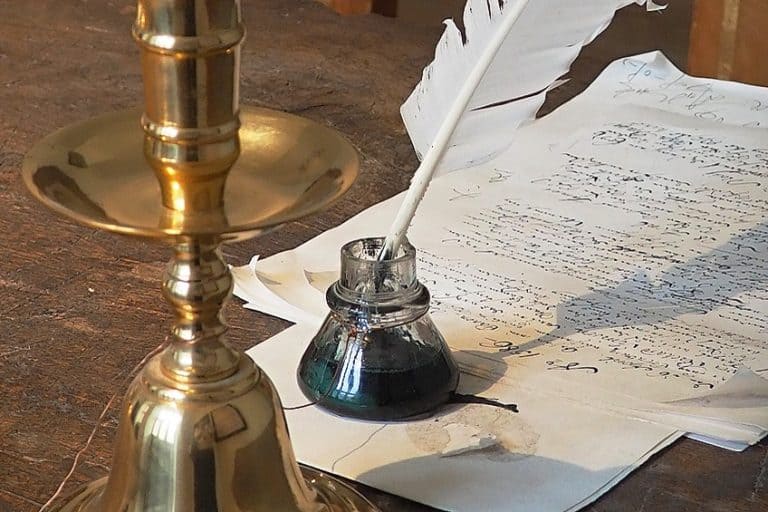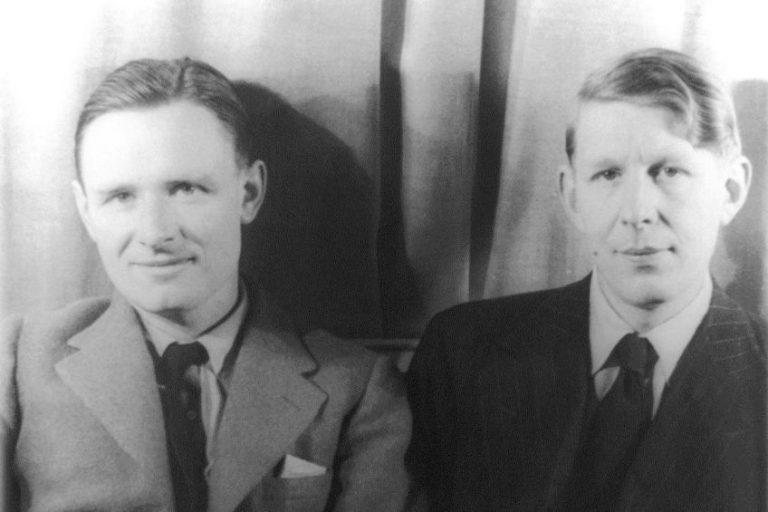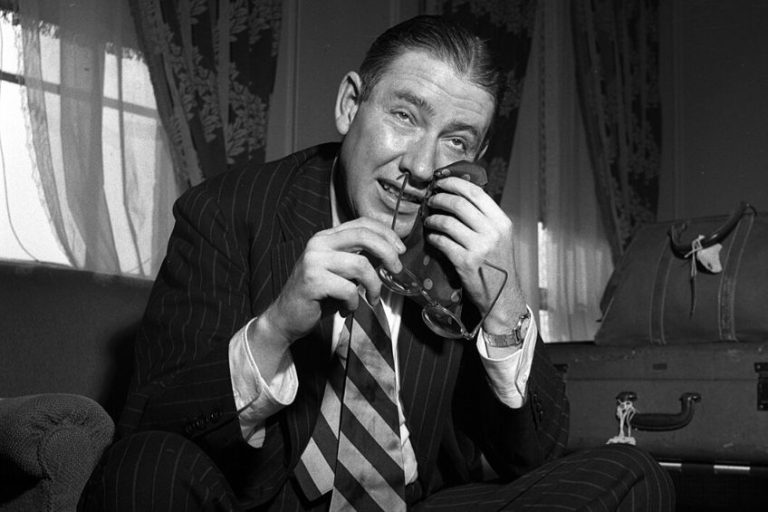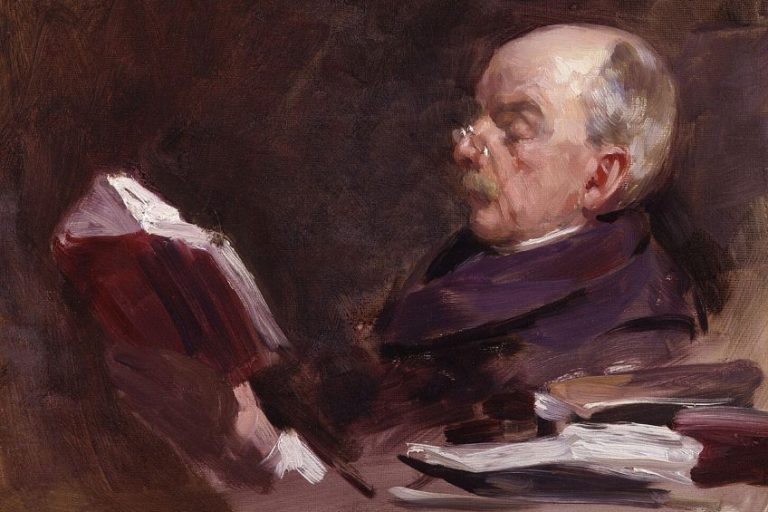Allusion in Poetry – The Art of Subtle Poetic Referencing
Our goal today will be to look at references. This is clearly the most interesting thing on the planet, but what kind of references will we be looking at? In this case, it will be the fancy word that we use for references in literary texts: allusions. We will examine a definition of allusion in poetry, some of its uses inside and outside of poetry, and a number of examples of allusion in poetry. This should provide a good discussion of the topic for those among you who have an interest in this. If you feel that you are among such people, then keep reading!
A Look at Allusion in Poetry
The basic idea behind an allusion is that it is a reference to something. This is generally a quick reference that, in some way, calls attention to some kind of historical, literary, or sociological thing. The reason that we may use a word like “thing” is because it can be a reference to just about anything. It could be a person or a place, it could be some kind of an event, a book, or some kind of a movement. It could be practically anything.
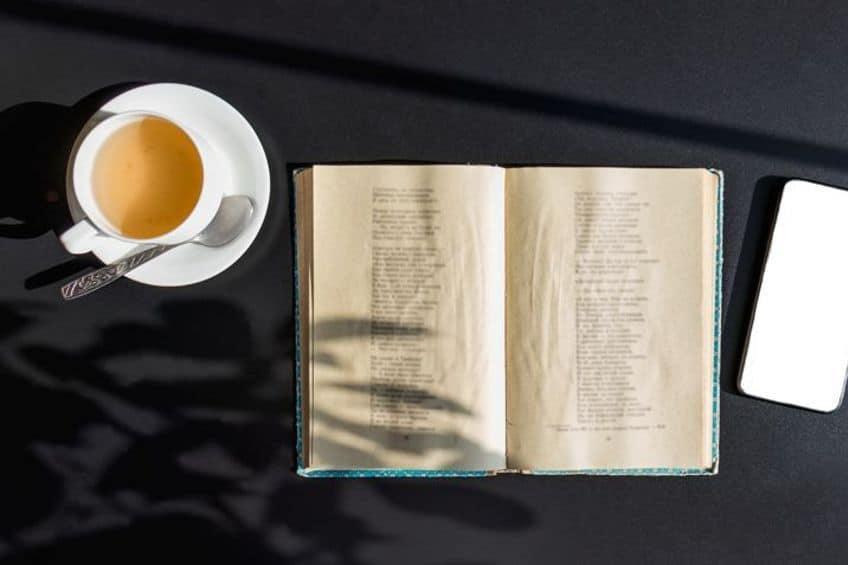
We often make use of references within literary texts, and this produces a certain intertextual understanding of the text as a whole. In basic terms, we can only fully understand any one text by understanding all the texts that it relates to. So, you can’t really understand a story that alludes to past detective fiction without being aware of detective fiction. You cannot enjoy a parody of something without being aware of what it is parodying in the first place.
It’s a rather interesting thing that literature is able to do, and that is why we are going to slap it with some attention today! It’s good to remember that nothing is truly original and is instead made up of an interconnected web of influences. However, before we dive into the use of allusion in poetry, we are first going to have a quick look at a bit of a summarization of the issue at hand.
Summary of Allusion in Poetry
Do you want to learn about allusion in poetry but don’t have the time or will to read a whole article? Well, that’s where this comes in! This is a summary of the topic for anyone who either needs a quick refresher or can’t be bothered to read an overly long article:
- Allusions are references. In very basic terms, an allusion is just a type of reference. Essentially, it is some kind of a reference in a text that refers to something like a different poem, a historical event, a literary figure, or anything else. There isn’t truly a limit of any real variety on what can and cannot be considered an allusion.
- Allusions contribute to an intertextual understanding of poetry. When trying to understand a text, we often need to be aware of other texts. When a poem makes heavy use of allusions, it can mean that the poem could be incomprehensible without having that prior knowledge. For instance, a poem that discusses religious narratives assumes that you know those narratives too.
- Allusions can be found outside of poetry. An allusion is simply a kind of reference that can be found within literary texts. This doesn’t mean that it’s, in any way, confined to poetry alone. Instead, we can find allusions in prose, drama, film, and whatever other texts make use of creative writing in some way.
With that, we’ve reached the last of our summary points for this article. However, if this has been far too short an overview for you, and it certainly has for me, then you can keep going and read some more below!
The Definition and Uses of Allusion in Poetry
As has already been stated, an allusion is a kind of reference. It is a literary device that allows us to say something while also not actually saying it. It’s more like a gesture towards some kind of meaning rather than forcing a statement. Allusions can also be pretty much anything. If you allude to something, you are usually referencing it in a more subtle way.
Allusions can also be highly intertextual in nature. This is an academic concept that posits that all texts are ultimately connected to one another. You cannot understand any text without understanding other texts. We can even note this in language itself. We must know a language to be able to read in that language, and to be able to read in that language, we need to be able to have other texts written in that language. Ultimately, everything is connected.
So, if a poem makes an allusion, it does so to establish a kind of connection with poems, and other texts, that have existed in the past.
This can make it easier to explore ideas that are more complex. For instance, imagine if a text wanted to use imagery related to a crisis of faith. Instead of using words like that, we could instead simply use an allusion to the Book of Jonah. That book of the Christian Bible deals with this idea.

Some texts make extensive use of allusions to the point of being practically unreadable without knowing the many references. Looking at you, T.S. Eliot! But other poets, when using allusions, generally don’t use them to such a pervasive degree. However, if you want to say a lot in fewer words, you can always nod towards those texts that have said those things in far more words!
Other uses include setting up certain contextual information. If you want a poem to be set in Rome, maybe you use an allusion to something from that period, such as “when the Colosseum was still in use”. We have not directly given a year, but we have alluded to a period in time. This can also aid in creating a certain atmosphere. So, there are many possible uses of allusion in poetry.
The Use of Allusions Outside Poetry
Poetry is far from the only thing that makes use of allusions. It may be our primary focus for today, but what else uses allusions? Well, everything. Any piece of literature can make use of allusions. You can find them throughout prose, drama, film, and so on. Many pieces of literature become texts that can then be alluded to elsewhere, and so that which uses allusion can itself become an allusion elsewhere. Allusions can also be used in the visual arts, such as by referring to the work of others.
In addition, it can be found in music and video games, and whatever other medium you could think of. However, other than all these literary aspects of allusion, we can also find it in everyday conversation. Humans constantly allude to things, and we can also often be heavily inspired by the things that we consume. For instance, years and years ago, I picked up the expression “and all that jazz” from the musical, Chicago.
So, even though I no longer think of it that way, and it has just become part of my vocabulary, it is still an allusion to something that seemingly had a large enough influence on me that it affected my use of language.
This can even happen when you don’t realize something is an allusion at all. Many people know the term “catch-22” as a situation that has no positive outcome. However, that expression comes from a novel by Joseph Heller, a novel with the same name. The term has simply become part of everyday conversation, and many are entirely unaware that it comes from a book. It was once an allusion that people started to consciously use, and then it became part of standard vocabulary. Allusion truly is everywhere!
A Few Examples of Allusion in Poetry
We can find allusions in many poems and many other texts, but we need to actually have a look at some of those instances of allusions in poems. So, that’ll be our purpose when examining the three poems below. They are each great examples of the use of allusion in poetry, and they should help you to understand how allusions can be used.

The Divine Comedy (1308 – 1321) by Dante Alighieri
| Date Published | 1308 – 1321 |
| Type of Poem | Narrative poem |
| Rhyme Scheme | ABA CBC CDC |
| Meter | Hendecasyllabic |
| Topic | The afterlife |
The Divine Comedy is a text full of allusions to a variety of different sources. There are historical and contemporary figures mentioned in the text (or at least contemporary to Dante), as well as literary and religious references, and much more. One of the earlier allusions uses the expression “Midway upon the journey of our life”. This is a reference to Psalms 90:10, in which it states that seventy, and sometimes eighty, years of age is the biblical lifespan. So, “midway” through that would be 35-40 years of age.
The allusion gets rid of the necessity of using specific numbers to convey the same information.
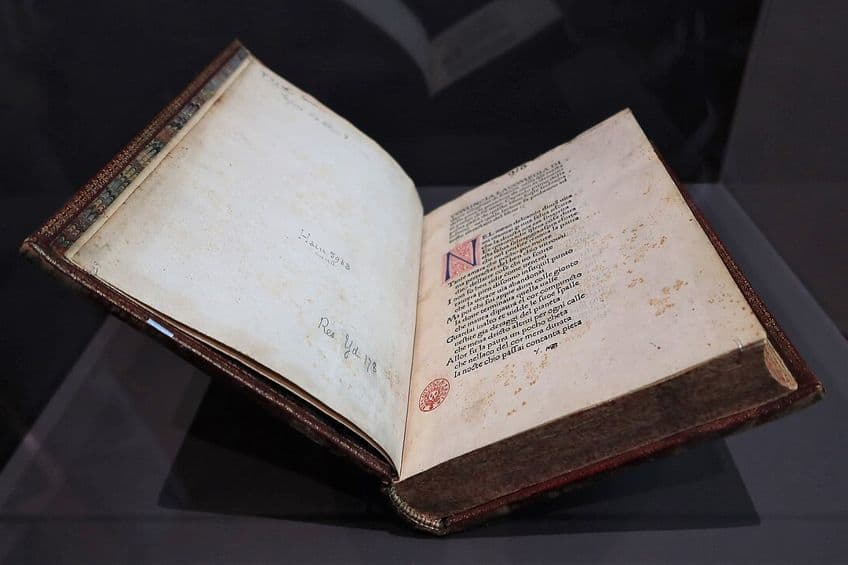
To Helen (1831) by Edgar Allan Poe
| Date Published | 1831 |
| Type of Poem | Cinquain poem |
| Rhyme Scheme | ABABB |
| Meter | Iambic tetrameter |
| Topic | Dedication to Jane Stanard |
To Helen is a poem that makes phenomenal use of allusion. While the poem is dedicated to the mother of a childhood friend, the poem does not actually discuss her directly. Instead, she is discussed through an allusion to Helen of Troy. This mythical figure was claimed to be the most beautiful woman who ever lived, and so comparing someone to Helen of Troy would be a high compliment with regard to beauty.
Thanks to the allusion, the poet does not need to state that this person is beautiful, the allusion does the heavy lifting for him.

The Waste Land (1922) by T.S. Eliot
| Date Published | 1922 |
| Type of Poem | Modernist poem |
| Rhyme Scheme | None |
| Meter | None |
| Topic | Post-war disillusionment |
The Waste Land is a poem full of allusions, but the first line of the first section of the poem is an allusion to the work of Geoffrey Chaucer. The line states that “April is the cruelest month”, and it operates as an allusion because Chaucer uses the image of April as a positive, but Eliot uses it to project a negative image. This is a quick way to establish the tone of the poem and, for those who are familiar with Chaucer, it adds an additional layer of depressive energy to the poem as a whole.
With these last few pieces of the allusion puzzle, we have concluded our examination of allusion in poetry. We have done so by discussing a definition of allusion in poetry, the uses of this literary technique inside and outside of poetry, and a few examples of allusion in poetry. Hopefully, this has aided those people who were interested in this particular topic. You should look out for allusions in the future and see whether or not you can spot them in some other poems that you read!
Frequently Asked Questions
What Is Allusion in Poetry?
This term refers to a kind of reference. It is a reference to something outside of the poem. For instance, it could be a reference to some historical place, a literary figure, or a different poem. They are usually stated quickly and knowing the reference can contribute to an understanding of the poem as a whole.
What Are the Uses of Allusion in Poetry?
Allusions can be used for many different reasons. They can allow a poem to create connections with other ideas, they can be used to produce irony or explore complex ideas, and they can add to a sense of context or background information.
Why Do Allusions Exist?
Allusions can be found in poems and other literary texts because they are quick references to other ideas, places, events, and so on. This means that we can create deeper meanings with our writing without needing to explain where some of the ideas come from.
Can Allusions Only Be Used in Poetry?
Allusions are found in all manner of literary texts. They are generally associated with things like poetry, prose, and drama, but you can actually allude to something in ordinary communication as well. So, allusions are all over the place!
What Are Some Examples of Allusions in Poetry?
There are far too many texts that make use of allusions, but some of the most notable include works such as The Divine Comedy (1308 – 1321) by Dante Alighieri, To Helen (1831) by Edgar Allan Poe, and The Waste Land (1922) by T.S. Eliot. There are many more than this though.
Justin van Huyssteen is a freelance writer, novelist, and academic originally from Cape Town, South Africa. At present, he has a bachelor’s degree in English and literary theory and an honor’s degree in literary theory. He is currently working towards his master’s degree in literary theory with a focus on animal studies, critical theory, and semiotics within literature. As a novelist and freelancer, he often writes under the pen name L.C. Lupus.
Justin’s preferred literary movements include modern and postmodern literature with literary fiction and genre fiction like sci-fi, post-apocalyptic, and horror being of particular interest. His academia extends to his interest in prose and narratology. He enjoys analyzing a variety of mediums through a literary lens, such as graphic novels, film, and video games.
Justin is working for artincontext.org as an author and content writer since 2022. He is responsible for all blog posts about architecture, literature and poetry.
Learn more about Justin van Huyssteen and the Art in Context Team.
Cite this Article
Justin, van Huyssteen, “Allusion in Poetry – The Art of Subtle Poetic Referencing.” Art in Context. January 8, 2024. URL: https://artincontext.org/allusion-in-poetry/
van Huyssteen, J. (2024, 8 January). Allusion in Poetry – The Art of Subtle Poetic Referencing. Art in Context. https://artincontext.org/allusion-in-poetry/
van Huyssteen, Justin. “Allusion in Poetry – The Art of Subtle Poetic Referencing.” Art in Context, January 8, 2024. https://artincontext.org/allusion-in-poetry/.




